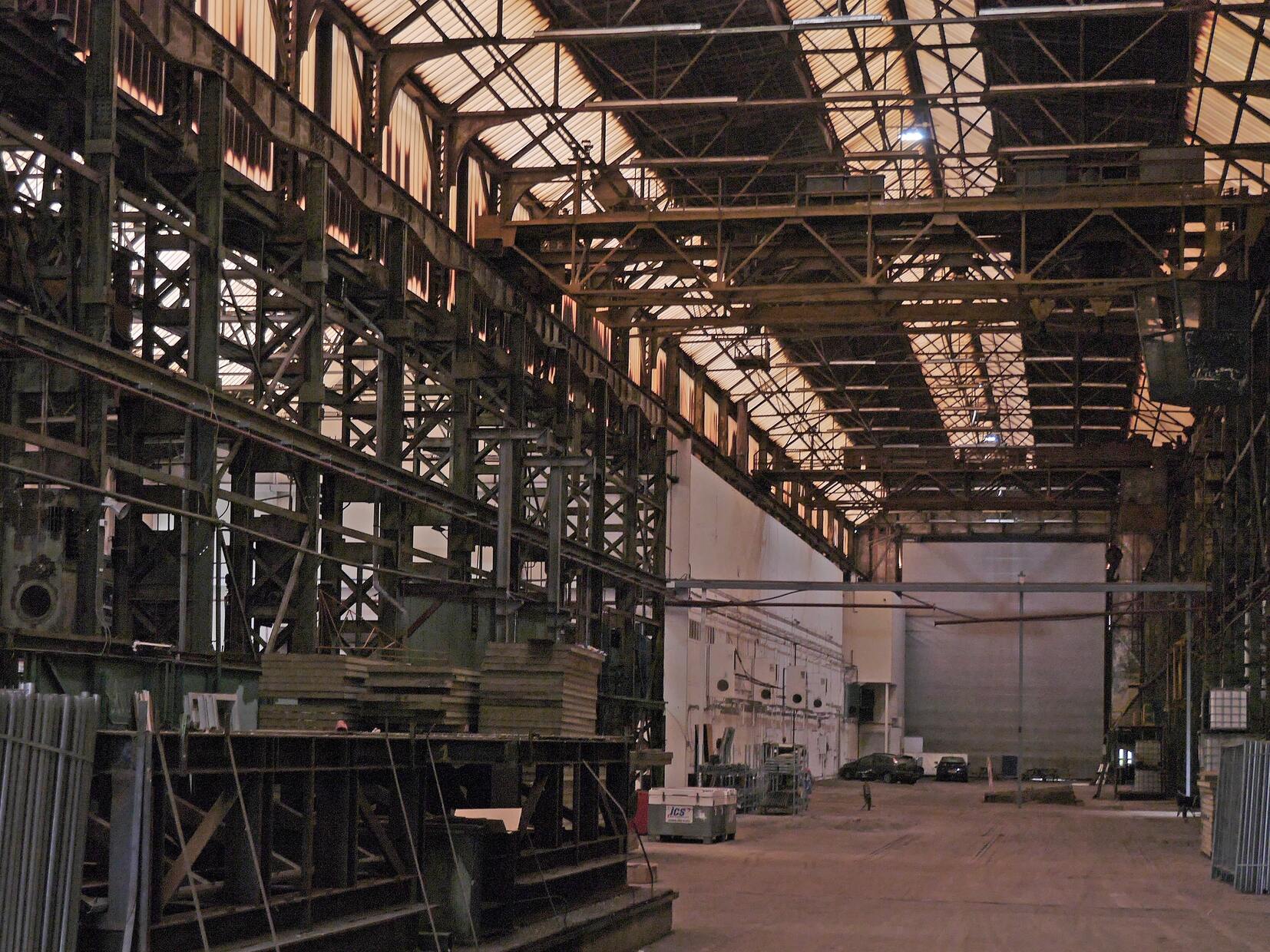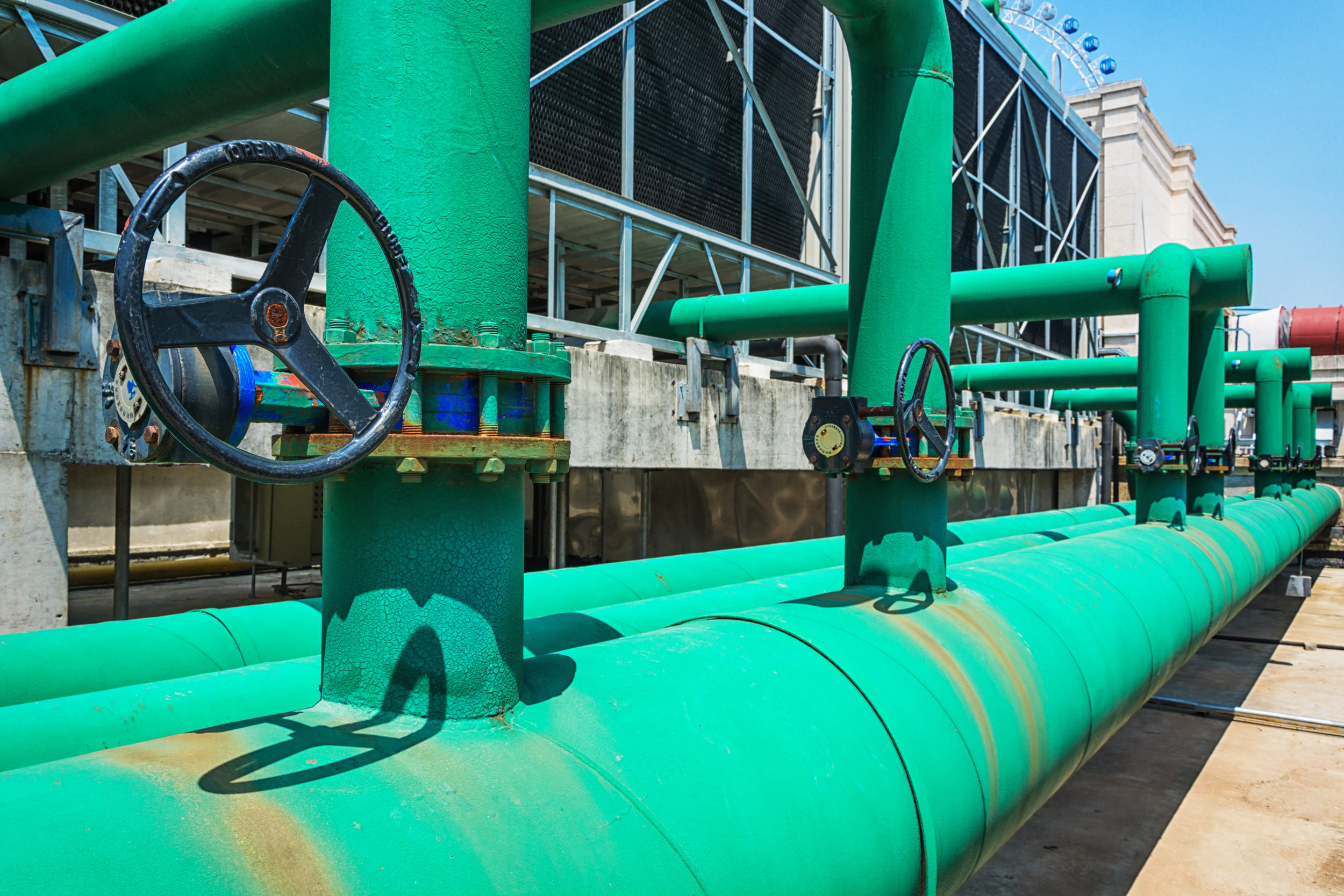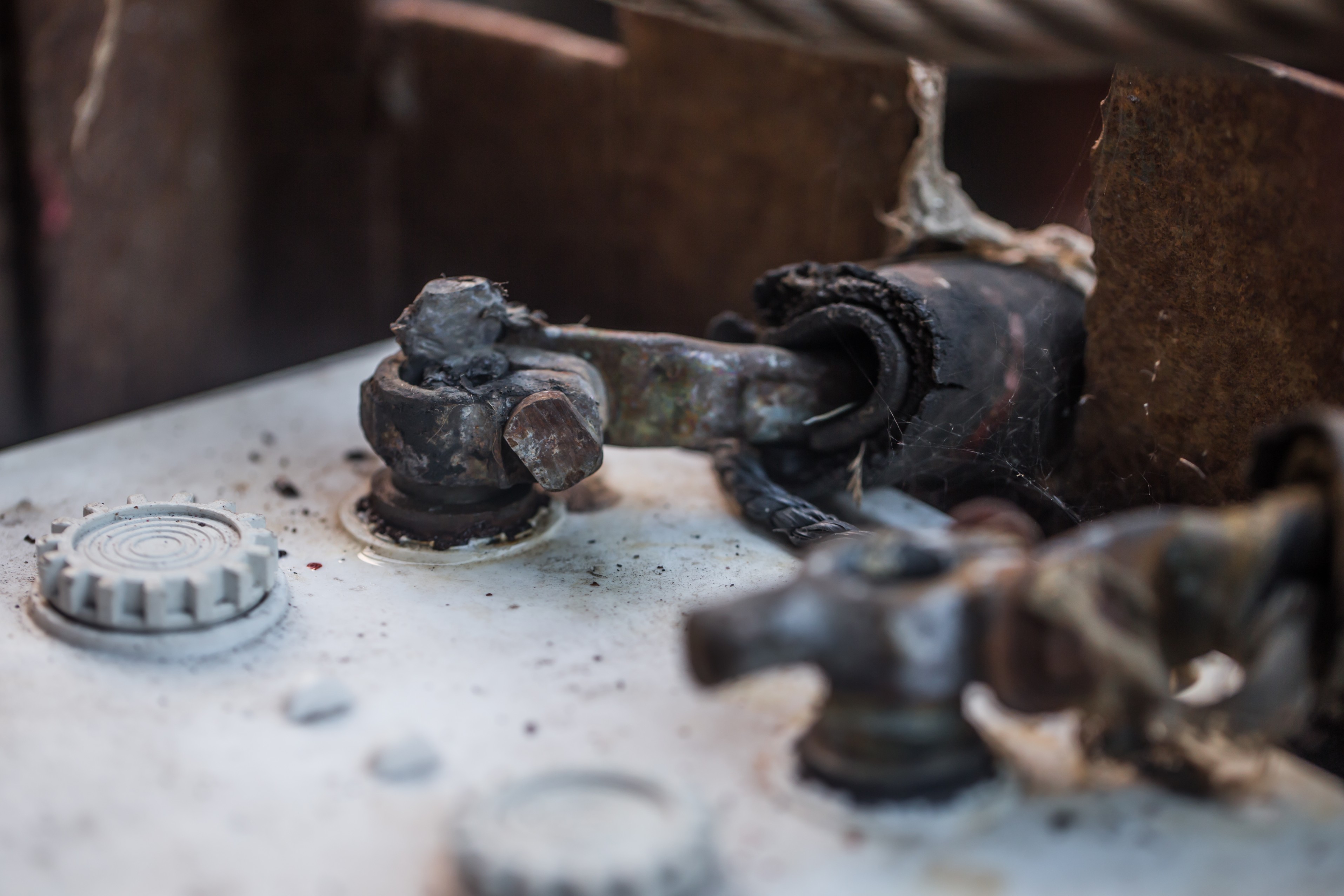Computer vision is a field of artificial intelligence that focuses on teaching computers to interpret and understand visual data from the world around them, such as images and videos.

In manufacturing, computer vision can be used to automate a variety of tasks, such as quality control and inspection. For example, a manufacturing company could use computer vision to automatically inspect products for defects or to monitor production processes to ensure they are running smoothly. This can help to improve the efficiency and accuracy of the manufacturing process, while also reducing the need for manual labor.
Here are some real-world examples of how computer vision is being used in manufacturing:

1. A leading automotive manufacturer is using computer vision to inspect cars for defects and ensure they are of high quality before they are shipped to customers. The system uses cameras and machine learning algorithms to automatically identify defects and highlight them for further inspection. This has helped the company improve the quality of its cars and reduce the need for manual inspection.
2. The electronics industry is using computer vision to monitor its production processes and ensure that they are running smoothly. The system uses cameras and machine learning algorithms to automatically detect and track key parameters, such as temperature and flow rate, in real time. This allows the company to quickly identify and address any issues before they become more serious. Computer vision can easily detect if any parts are missing on a circuit board and if the connections are done correctly.
3. A robotics company is using computer vision to improve the accuracy and efficiency of its robots. The system uses cameras and machine learning algorithms to enable the robots to identify and pick up objects from a conveyor belt and place them in the correct position for assembly. This has helped the company improve the speed and accuracy of its manufacturing processes.
4. The Food and beverage manufacturer is using computer vision to automate their inventory management process. The system uses cameras and machine learning algorithms to automatically scan and identify products as they move through the manufacturing process. This allows the company to track inventory levels in real time and ensure that the right products are available at the right time.
navan.ai is one of the easiest no-code computer vision AI model-building tools which can help you to build models, which can be used to analyze and understand images and videos, and draw insights that can be used for a wide range of potential applications in manufacturing. Some examples include:
* Quality control: Computer vision can be used to automatically inspect parts and products for defects, ensuring that they meet quality standards, reducing the need for manual inspection, and increasing efficiency.
* Process optimization: Computer vision can be used to monitor manufacturing processes in real time, providing valuable data that can be used to optimize and improve the efficiency of the process.
* Robotics: Computer vision can be used to enable robots to see and understand their environment, allowing them to perform tasks such as picking and placing objects with greater accuracy and speed.
* Safety: Mainly for conducting inspections in manufacturing industries. Computer vision can be used to monitor manufacturing environments for potential safety hazards, such as spills or obstructions, and alert workers to take action to prevent accidents.
Examples of a few applications which can be built on no-code computer vision platform: navan.ai
1. Rust classification and detection:
Rust is a type of corrosion that occurs when iron or steel oxidizes and forms reddish-brown flaky deposits on the surface of the metal. It is possible to use artificial intelligence (AI) for rust detection in manufacturing, one potential approach would be to use computer vision algorithms to automatically identify and classify rust in images of metal surfaces. This helps identify and flag potential problems with metal parts before they are used, improving the overall quality and reliability of the manufacturing processes.

2. Defect detection:
Defective product detection refers to the process of identifying products that do not meet the required standards of quality. Computer vision techniques can be used to automatically identify defective products by analyzing images or videos of the products. The goal of defective product detection is to identify and remove defective products before they reach the end customer, in order to ensure that only high-quality products are sold and used.
Some potential applications of computer vision for defective product detection include identifying products with manufacturing defects, such as cracks or misaligned parts, or detecting products that are past their expiration date.
In the context of defective product detection, computer vision techniques can be used to automatically identify defective products by analyzing images or videos of the products. This can be done using machine learning algorithms, which can be trained on a large dataset of labeled images to learn how to recognize defective products.

To know more and to participate in conversations with the machine vision developer community, follow navan.ai on LinkedIn and Twitter.
Want to develop your own computer vision AI models without writing a single line of code? Visit navan.ai - a no-code computer vision platform and get started for free!